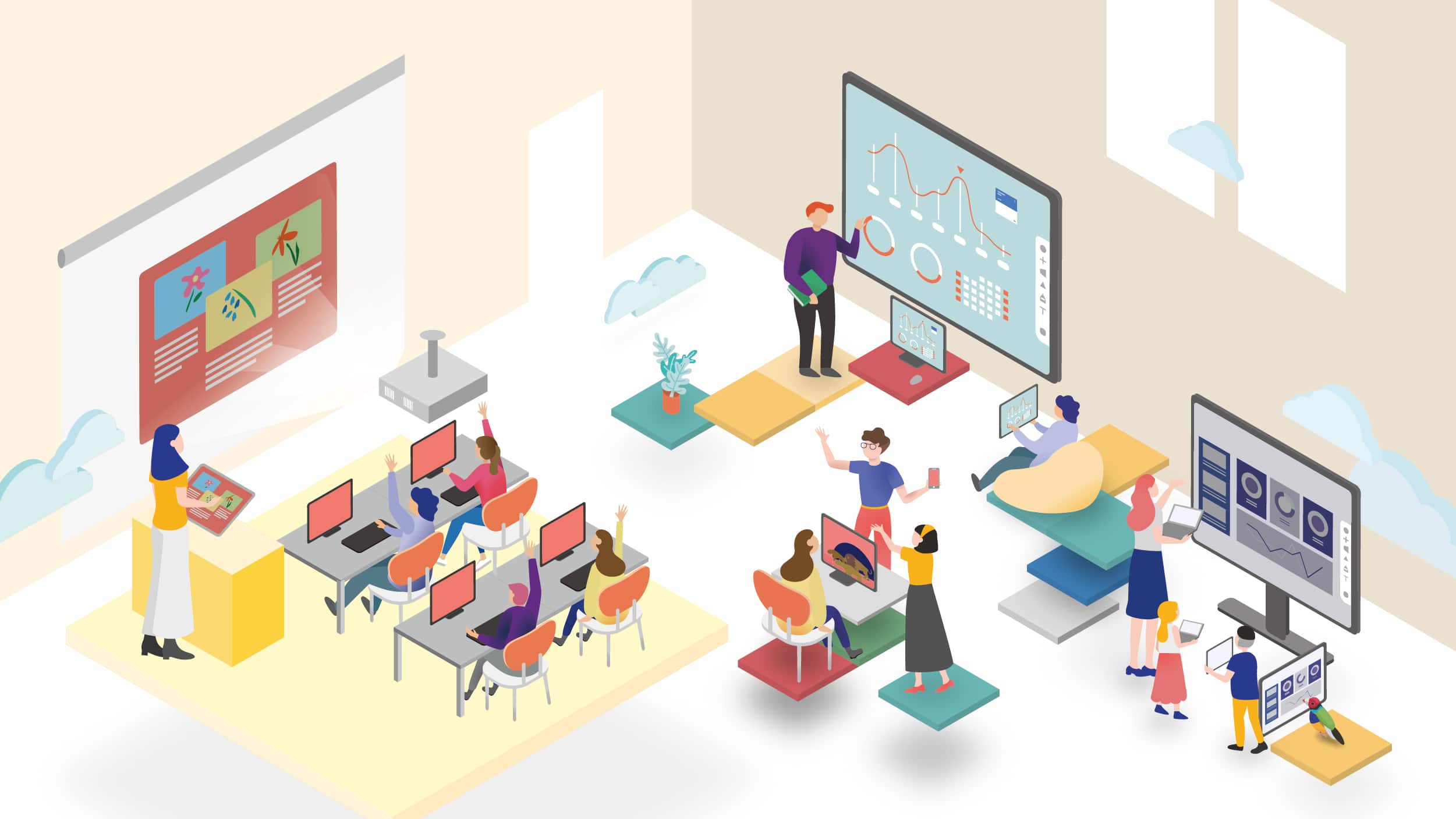
Introduction
In March 2020, when the COVID-19 pandemic first forced the world into a shutdown, its effects were felt across all sectors of the economy, and American society as a whole. Small businesses across the nation shut down, travel grinded to a halt, and millions lost their jobs. K-12 education was no exception; already mired with problems, the switch to remote learning exposed gaps between privileged communities and struggling ones that had been building up for decades as 93% of students experienced some form of online learning (US Census Bureau). In particular, the disparity in technological access had a pronounced impact on the quality of education students received.
The Data
According to Forbes, although 87% of students have access to internet-enabled devices, only 73% have access to the internet, while the number of households with broadband internet is even lower. To begin, there is a clear correlation between internet access and academic success. As shown by the map generated with data from Microsoft, the areas with the lowest access to broadband internet are generally concentrated in rural areas and in the South. As the maps from the US Department of Education and the US Census Bureau show, high rates of poverty and high school dropout percentages occur in the same areas that internet access is scarce. Although the relationship between poverty and level of education has long been documented, the connection between internet access and academic success is a relatively new development. It is also important to note that most of these data were collected before the pandemic; in other words, before internet access and owning an internet-capable device became a prerequisite for attending school, a lack of digital infrastructure was already impacting communities across the nation.



Impact of the Pandemic
How does the COVID-19 pandemic impact all of this? For one, the switch to online schooling and remote work created a massive demand for devices like laptops, tablets, and smartphones. At the same time, supply chain disruptions caused by lockdowns across the world led to a global semiconductor shortage that persists to this day. According to the New York Times, what this meant for public education is that districts with large reserves of money (like LA Unified School District) were able to get ahead of the problem and quickly mobilize funds for 1:1 technology initiatives to have all of their students connected, while less wealthy districts (like Paterson Public Schools, NJ) had to wait months to achieve similar results, putting less fortunate students at an even large disadvantage.
Ultimately, as the world navigates the next stages of the pandemic, it is clear that schooling at all levels will never return to the way it was, and that remote instruction will remain in some capacity. Therefore, it is critical to develop ways to close the gap in order to create a more equal America.
Last semester I took a World Technology class, and the digital divide was one of the topics we discussed. In one of our classes, I remember a story in which a school district (or maybe just a school, I can’t recall) actually got their Internet connection from empty buses in Texas. This shows how necessary the internet is for learning especially in the pandemic as you said. Without access, children will fall behind in learning compared to those who have a stable connection. I agree that since most of the world has needed to adapt digitally throughout the past couple of years, progress should be made to ensure that technology will be more easily accessible and also cheaper in some way.
I actually wrote a post on a somewhat similar topic, Affirmative Action, and how different access to resources affects academic outcome. That being said I definitely focused more on the admissions side rather than the education itself. I found a lot of the stats your brought up really interesting especially when compared to a statistic from my own blog. 80% of test scores can be predicted by the resources a student has access to. All these stats together paint a picture about our current reality.
This was a really interesting concept to think about. I appreciate the different diagrams because even though they’re all unrelated, you can see a pattern of how certain areas are consistently affected by poverty, high school drop-outs, and bad internet connection. These are just some of the many many factors that continue to make life harder for people, pushing them in a cycle. It’s really unfortunate to see this and hopefully, during the next few years, we can see some more hope for these areas as quality of life is improved by both the government and the private sector